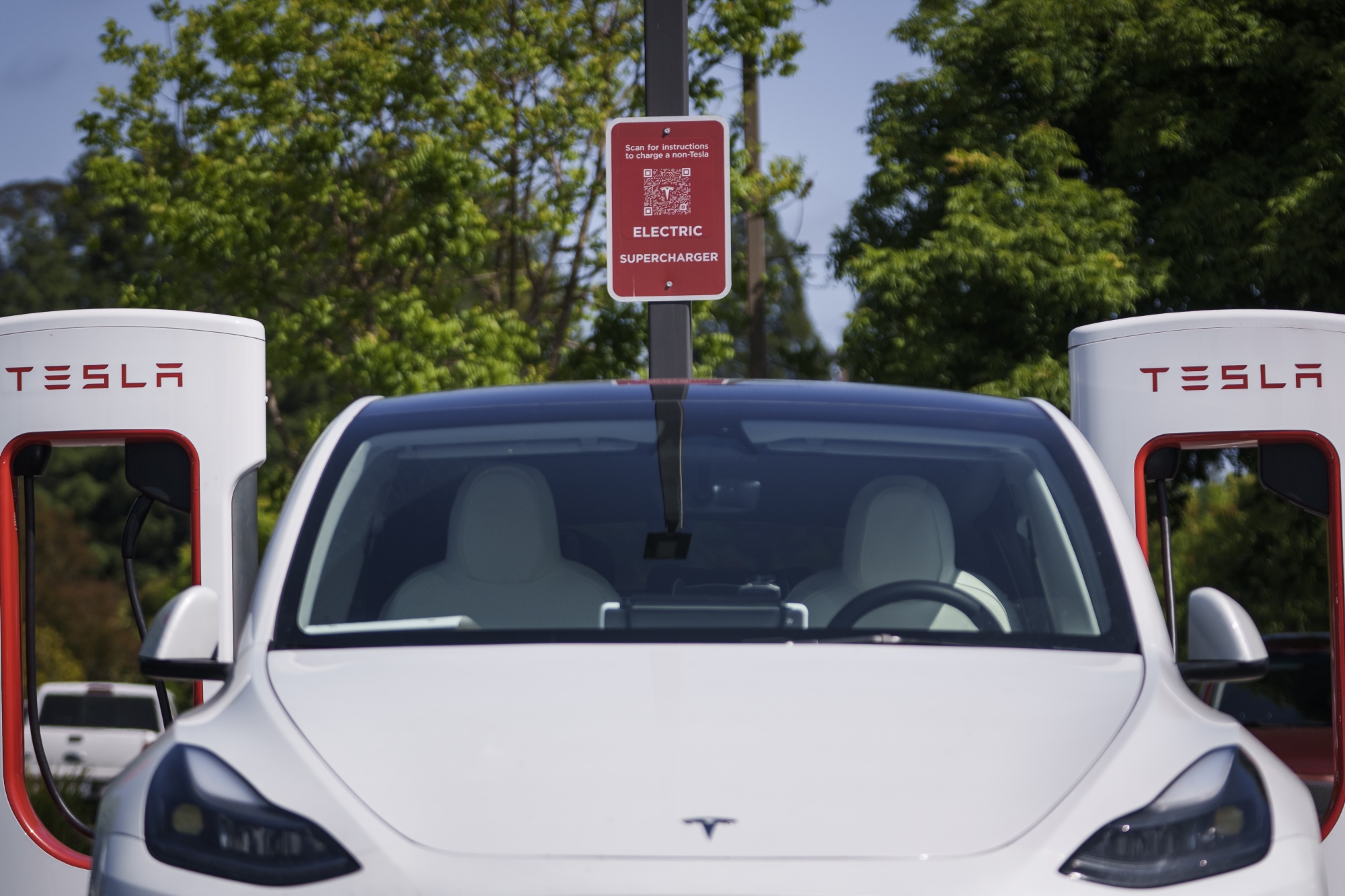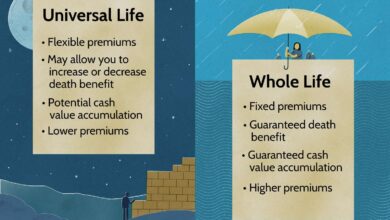How Much is the Average Car Insurance: Cut Costs Now!

The average car insurance cost varies, but in the United States, it’s about $1,674 per year for full coverage. For minimum coverage, the average is approximately $565 annually.
Understanding car insurance rates becomes crucial when budgeting for your vehicle expenses. Key factors affecting these costs include your location, driving history, vehicle type, credit score, and chosen coverage level. Insurance providers also consider your age, gender, and marital status when determining your premium.
Shopping around for quotes can lead to significant savings, as rates differ widely among insurers. This exploration is vital for both new car buyers and seasoned drivers reviewing their policy. Remember, the cheapest option isn’t always the best choice; scrutinize the coverage details to ensure it meets your specific needs. Always aim to balance cost with protection to ensure financial security on the roads.

Credit: www.nerdwallet.com
Understanding Average Premiums
The average car insurance premium varies significantly based on a multitude of factors. The location of the insured plays a crucial role with each state presenting different average rates due to regulations, population density, and the likelihood of theft or collisions. Additionally, the age and gender of a driver are considered by insurers when determining premiums, with statistics often demonstrating that younger drivers and males generally face higher costs.
| Driver’s Age | Impact on Premium |
|---|---|
| Under 25 | Higher premiums due to increased risk |
| 25-60 | Lower premiums reflecting stability and experience |
| Over 60 | Potentially higher premiums due to health-related concerns |
The insurance rates are also influenced by the type of vehicle, history of claims, and an individual’s driving record. Optimizing your profile by maintaining a clean driving record and choosing a car that is less expensive to insure can lead to more affordable rates.
Reducing Your Car Insurance Bill
Slicing through the expense of car insurance can be achieved with strategic maneuvering. Tapping into discounts for multiple policies is a prime method to cut down costs. Insurers often offer reductions when you bundle different types of coverage, like auto and home insurance. It’s worth exploring options with your provider to ascertain the savings available.
Driving safely not only protects you on the road but also benefits your wallet. Many insurance companies reward a pristine driving record with safe driver rewards. These incentives often mean premium reductions, cash-back bonuses, or rate decreases that can substantiate significant long-term savings.
Higher deductibles can lead to lower premiums, offering an actionable choice for those willing to pay more out-of-pocket in the event of a claim. This trade-off requires careful consideration but can result in a substantially lighter insurance bill. It’s important to take stock of your finances to determine the deductible level that aligns with your financial strategy.
Compare, Contrast, Switch: Save On Insurance
Researching various car insurance options is key to finding the best deal. Many drivers don’t realize that insurance rates can fluctuate significantly between providers, and actively comparing these can lead to substantial savings. Annual or semi-annual rate checks are recommended as insurers often change their pricing based on a variety of factors.
Policyholders should always evaluate their coverage when experiencing a major life event, such as buying a new car, moving, or adding a driver to their policy. These events affect insurance premiums and reviewing your policy ensures it still meets your current needs at the best price.
| Credit Score Range | Potential Insurance Impact |
|---|---|
| Excellent (720-850) | Favorable rates, lower premiums |
| Good (690-719) | Reasonably priced rates |
| Average (630-689) | Higher premiums, moderate risk |
| Poor (350-629) | Increased rates, high risk |
Understand that an individual’s credit score plays a crucial role in determining car insurance rates. With a higher credit score, insurers perceive less risk, often resulting in lower insurance costs. Regularly monitoring your credit score and improving it can lead to insurance savings over time.
Extras Aren’t Always Essential
Assessing the necessity of each insurance component is critical to managing costs. Many drivers find themselves paying for coverage that is not imperative to their situation. As an example, Roadside Assistance might seem attractive, but if your vehicle is new or already covered by a warranty or separate service, this could represent an unnecessary expense.
Similarly, insurers often promote an array of upsells and add-ons, such as rental car coverage or extended warranties. While they may offer peace of mind, they also increase the premium. Scrutinizing these offers based on actual need versus perceived benefit can lead to significant savings. Remember, the goal is to have comprehensive protection without succumbing to the allure of superfluous features.
Smart Practices For Ongoing Savings
Reviewing your car insurance policy annually can lead to potential savings. Insurers often update their pricing algorithms based on new data, and your personal circumstances, such as age and driving record, can also change. Making sure your policy reflects your current situation could result in reduced premiums.
Taking a defensive driving course may not only boost your driving skills but also impress your insurance provider. Many insurers reward drivers who demonstrate safe driving habits with discounts.
Technology also plays a pivotal role in cutting down insurance costs. By embracing telematics devices or usage-based insurance programs, you provide your insurer with real-time driving data. Safe driving patterns, reflected by this data, can lead to significant discounts.
Frequently Asked Questions For How Much Is The Average Car Insurance
Is $100 A Month Too Much For Car Insurance?
Determining if $100 per month for car insurance is excessive depends on individual factors such as driving history, vehicle type, and coverage levels. Compare rates with multiple insurers to ensure you’re getting a fair deal tailored to your circumstances.
How Much Is Insurance For A 18 Year Old In Texas?
Car insurance for an 18-year-old in Texas typically ranges from $3,300 to $6,600 annually. Rates may vary based on factors like driving history and the specific insurance provider.
Why Is Aaa Insurance So Expensive?
AAA insurance may appear more expensive due to individualized pricing, comprehensive coverage options, member benefits, and high service standards. Prices reflect underwriting criteria, including driving history, vehicle type, and location.
How Much Is Car Insurance In Texas For A 21 Year Old?
The average cost of car insurance for a 21-year-old in Texas is around $2,600 to $3,000 per year. Prices vary based on individual factors such as driving history and vehicle type.
Conclusion
Understanding the average cost of car insurance empowers you to make informed decisions. While prices vary widely, knowing the norms helps in budgeting. Always compare offers and seek discounts for the best rates. Secure your wallet and peace of mind by staying informed and choosing wisely.






